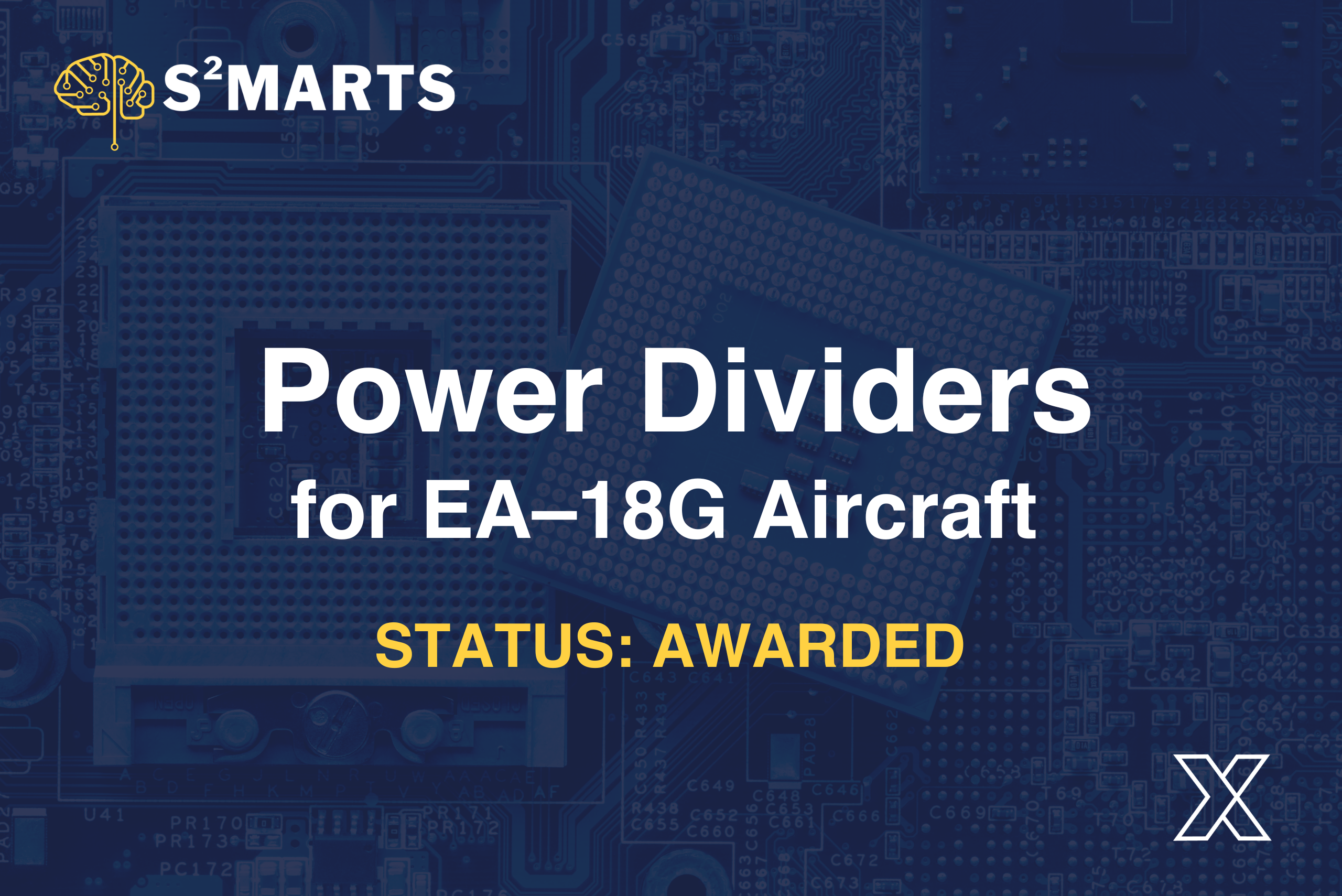Military Mobility with Hybrid Electric Technologies
December 22, 2023

The world is constantly developing the efficiency of its military assets, and to maintain a strategic edge, it is vital to continue pushing advancements in military mobility. Hybrid electric technologies are being integrated to enhance our military mobility and have become a game-changer in enhancing the mobility, agility, and sustainability of military forces.
In the United States, the 2022 Army Climate Strategy details the goal to field an all-electric non-tactical vehicle fleet by 2035, and fully electric tactical vehicles by 2050. Read on to learn how hybrid mobility has become a crucial steppingstone in this overarching mission.
The Evolution of Military Mobility
Traditionally, military vehicles relied heavily on conventional fuel sources, presenting challenges in terms of logistics, efficiency, and environmental impact. Recognizing the need for a more sustainable and agile approach, military forces are turning to electric and hybrid electric technologies.
Hybrid electric technologies leverage traditional internal combustion engines and electric propulsion systems to increase performance and reduce reliance on fossil fuels.
Benefits of Hybrid Electric Technologies in Military Mobility
Fuel Efficiency: Hybrid Electric Vehicles (HEVs) have superior fuel efficiency compared to their conventional counterparts. By seamlessly switching between internal combustion engines and electric propulsion, these vehicles optimize fuel consumption, extending the range and reducing the need for refueling.
In conjunction with this, the nature of electric vehicles addresses one of the issues with traditional gas-powered vehicles: burning fuel while idling. “When you rent a car in Europe — or even here in the United States — and you come to a stop sign and you hear the engine go off, that’s saving fuel, right?” the deputy assistant secretary of the Army for sustainment Timothy Goddette said. “When you look at … most of the military vehicles, you start to find out very quickly that we burn the fuel in the idle phase.”
Reduced Environmental Impact: The military’s commitment to environmental sustainability has led to the adoption of greener technologies. Hybrid electric vehicles produce fewer emissions overall, contributing to a smaller environmental footprint.
Increased Agility and Maneuverability: The integration of electric propulsion systems enhances the agility and maneuverability of military vehicles. Electric motors provide instant torque, allowing for quick acceleration and improved performance in challenging terrains. This increased mobility is crucial for rapid deployment when it is most important.
Energy Independence: Hybrid electric technologies reduce the military’s dependence on traditional fuel sources, increasing operational flexibility and reducing vulnerabilities associated with fuel supply chains. Traditional supply lines may be compromised when in a remote or hostile region, which means hybrid electric power can shine.
Innovations in Hybrid Electric Technologies
Several technological advancements are driving the evolution of hybrid electric technologies in military applications:
Advanced Energy Storage Systems: Cutting-edge energy storage solutions, such as high-capacity lithium-ion batteries, supercapacitors, and next-generation fuel cells, play a big role in optimizing the performance of hybrid electric military vehicles. They contribute to increased energy density, longer operational durations, and faster recharge times.
Intelligent Power Management Systems: Smart power management systems ensure efficient use of both electric and conventional propulsion systems. By allocating power based on operational demands, these systems increase vehicle efficiency.
Autonomous and Semi-Autonomous Capabilities: The integration of hybrid electric technologies with autonomous and semi-autonomous systems enables advanced features such as adaptive cruise control, collision avoidance, and intelligent route planning. These capabilities enhance the safety and effectiveness of military mobility.
OTAs Driving Innovation
The U.S. Department of Defense (DoD) and other military organizations worldwide are leveraging Other Transaction Authorities (OTAs) to facilitate collaboration with non-traditional defense contractors and startups.
In the pipeline through the Strategic & Spectrum Missions Advanced Resilient Trusted Systems (S²MARTS) is a project called Light Expeditionary Energy Agile Platform (LEEAP) – Hybrid Electric. Through this project, the Naval Surface Warfare Center (NSWC) Crane is seeking a prototype solution for a hybrid electric platform with high power and high energy solutions on a lighter-classed vehicle, which is critical to meeting future warfighting concepts.
The RFI for this project details that hybrid electric technology allows for the existing ICE to convert mechanical energy into electrical power to drive electric motors, charge high-energy batteries, and export high power to electronic payloads, all while being completely integrated throughout the entire vehicle.
This project will identify and address gaps between the existing commercial use of this hybrid technology in a manner that would allow for its use to address high-energy and high-power payloads such as Electronic Warfare (EW) payloads and to meet requirements in applicable environments.
Though submissions for this opportunity are currently closed, you can join our free mailing list to be alerted about future projects and become a member to submit your solutions.
Mobilizing The Future
Hybrid electric technologies are revolutionizing military mobility, offering a strategic advantage in terms of efficiency, agility, and sustainability. As military forces continue to invest in the development of hybrid electric solutions, the future of military mobility looks promising, with a focus on both enhancing operational capabilities and addressing environmental concerns.
About S²MARTS
The Strategic & Spectrum Missions Advanced Resilient Trusted Systems (S²MARTS), managed by NSTXL, is the premier rapid OT contracting vehicle for the Department of Defense (DoD) in trusted microelectronics, strategic & spectrum mission, and other critical mission areas. The Naval Surface Warfare Center (NSWC), Crane Division created S²MARTS to grow and engage an elite network of innovators, shorten the path to defense prototype development, and advance national security efforts.
About NSTXL
NSTXL is focused on building a network of innovators and creators across the most sought-after emerging technology fields. As an open-source platform, our approach was designed to encourage network growth and collaboration without stifling change. We support our network by providing commercial-term contracting, open-source technology discovery, modern-day marketing outreach, a strongly interconnected network for easy teaming and cybersecurity compliance support.






